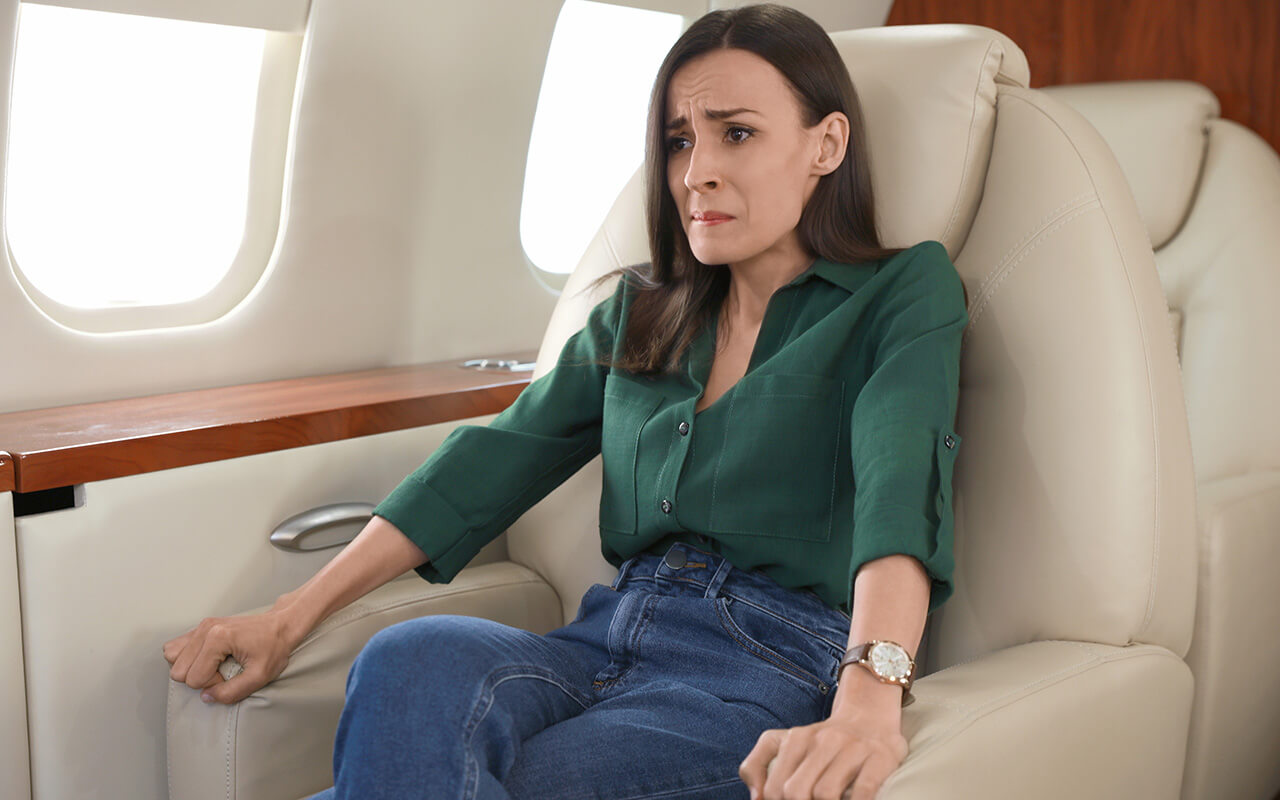
If you find yourself worried or jittery before a flight, you are not alone! Aviophobia is a clinical diagnosis of the fear of flying. While most people’s fear isn’t quite that extreme, many, many people have anxiety about flying. For some people, this anxiety occurs every time they fly, even if they have done it dozens of times.
We’ve looked at advice from therapists, pilots, flight attendants, and frequent fliers to bring you a list of the top things you can do to overcome your fear of flying. So, if you have an upcoming flight, check out what you can do to ease your nerves.
Identify Your Fear
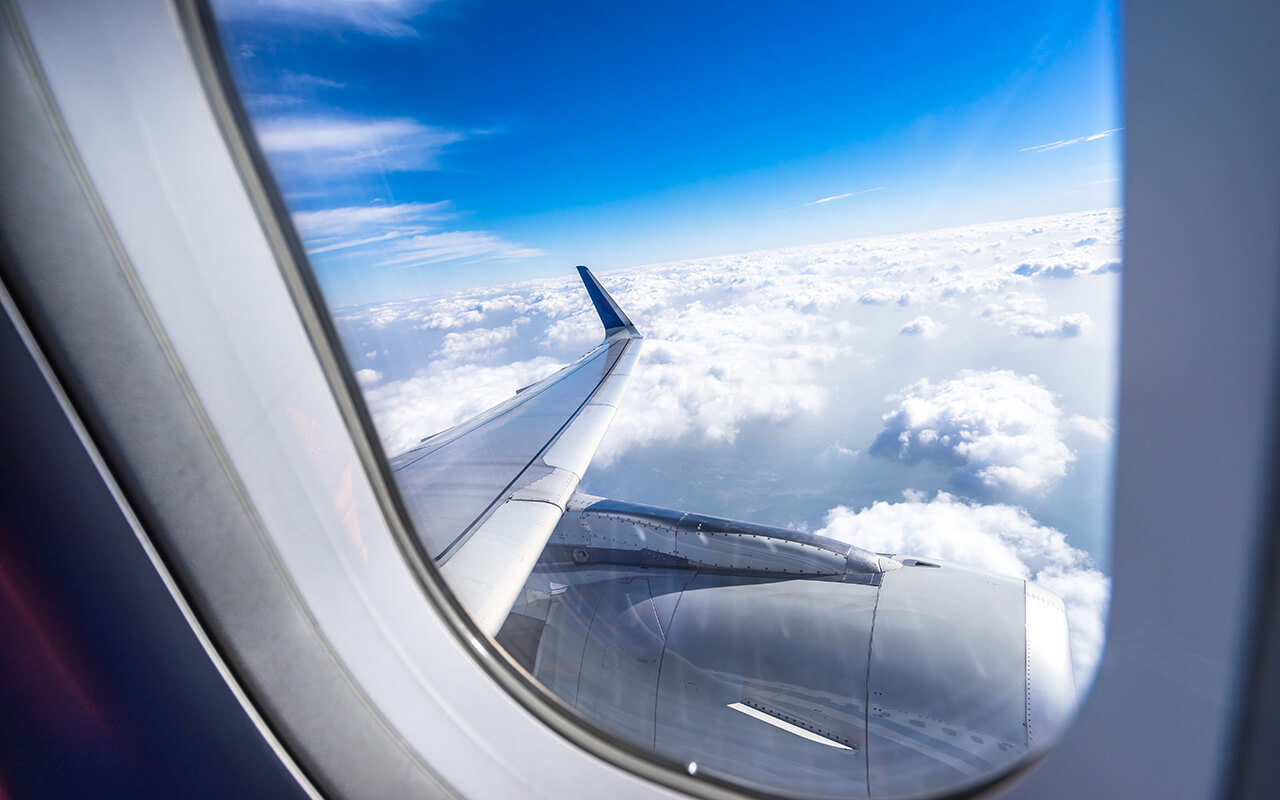
If you are feeling concerned about flying, there is a good chance the actual flying isn’t the real problem. Most people are triggered by a specific concern. These concerns range from not wanting to be in an enclosed space to a fear of falling out of the plane. Addressing the root cause will likely alleviate your fear of taking a flight.
Check Out Airplane Safety Protocols
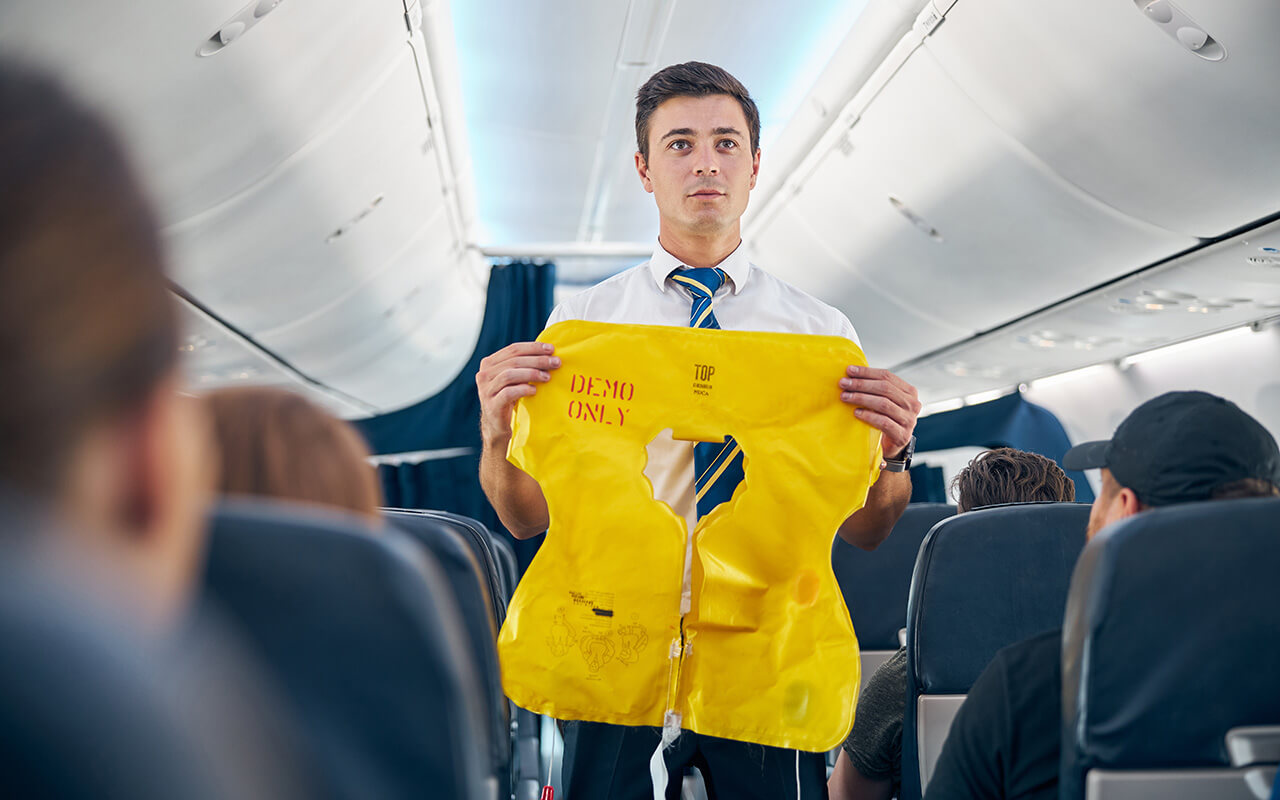
The aviation industry is constantly adding to and perfecting its safety protocols. That is why you are briefed by flight attendants before the plane takes off. They want you to understand how to be safe on a flight. They also want you to feel secure that even if something went wrong, you would know exactly what to do.
Get to Know Airplane Safety Features
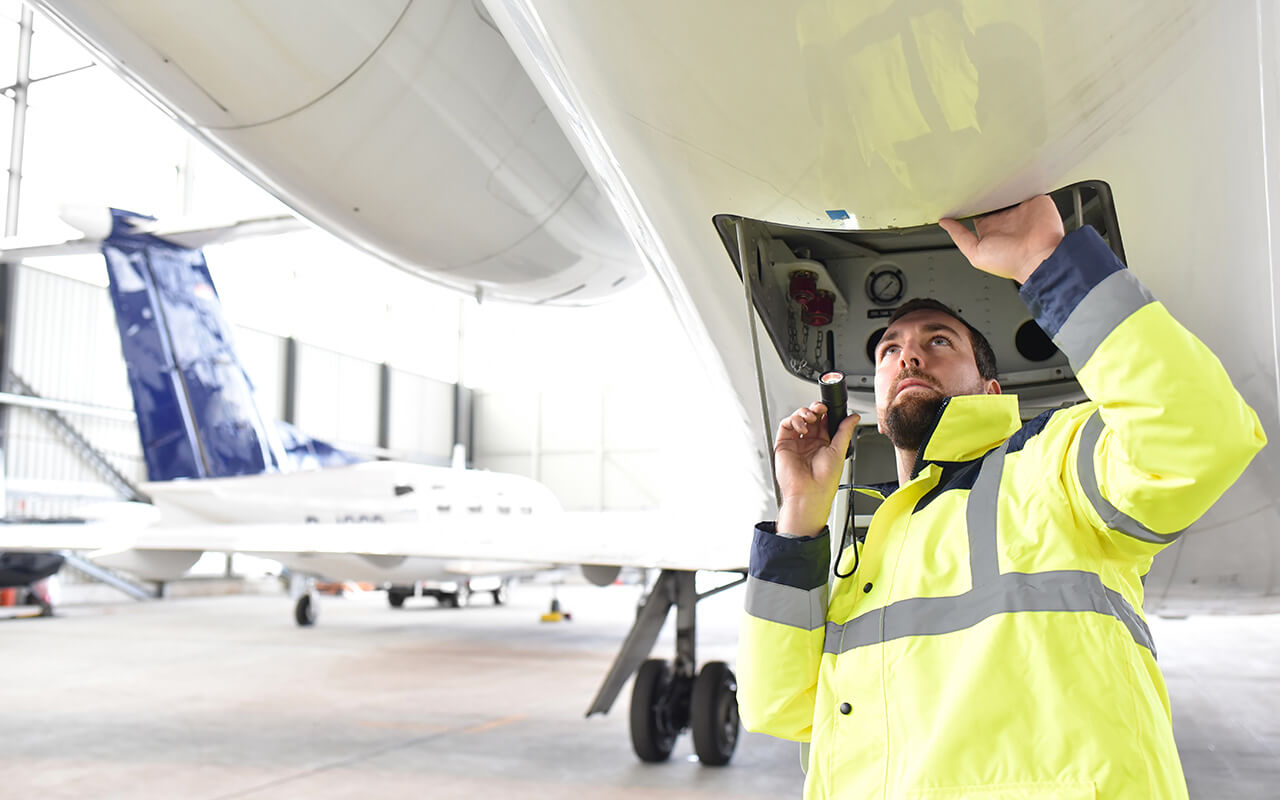
Airplanes are wonderfully designed machines that include a vast number of safety features. They are made to navigate emergencies. Planes are equipped to handle almost anything that can be thrown at them!
Look At the Statistics
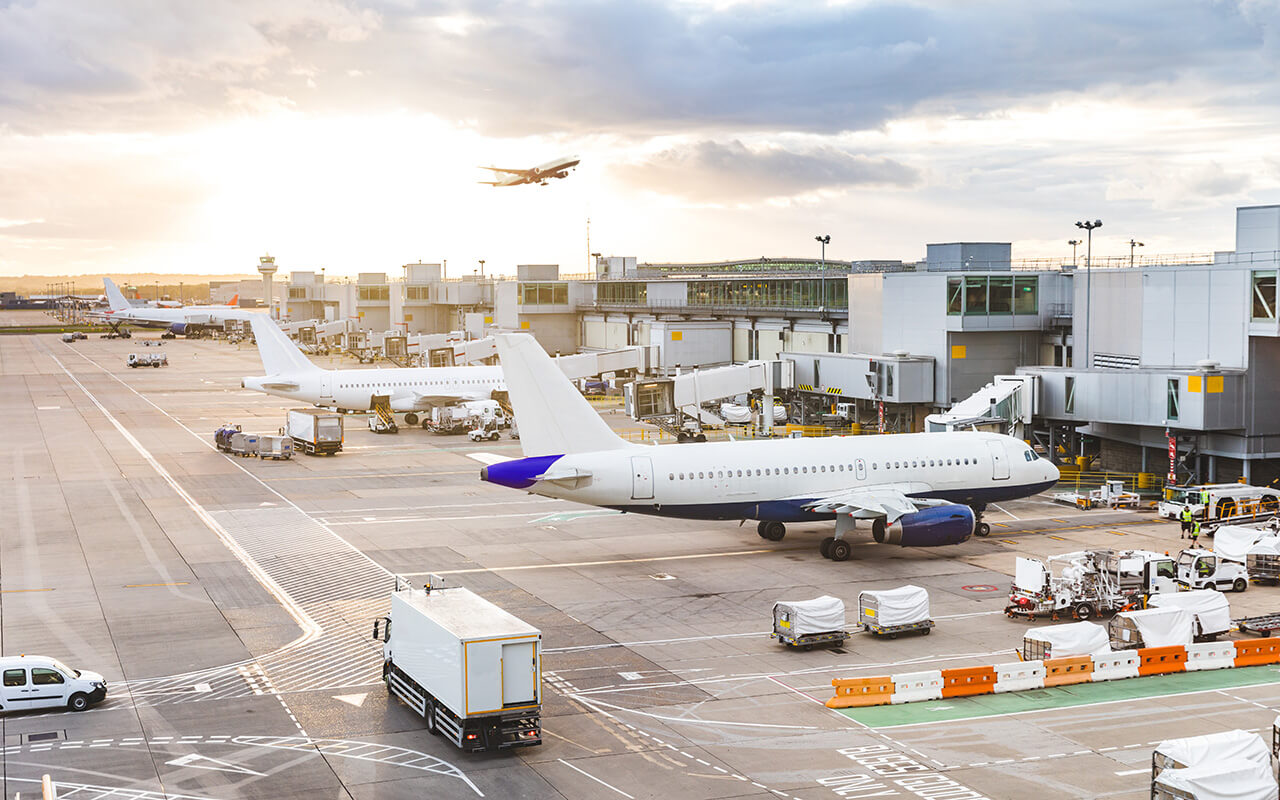
In 2021, 176 of the 2.2 billion people who flew on airplanes died in a plane crash. That same year, 42,915 people died in vehicle crashes. In fact, you are more likely to die from being struck by a meteorite than you are to die in a plane crash. Now, that really puts things in perspective!
Know How Air Filtering Works on Planes
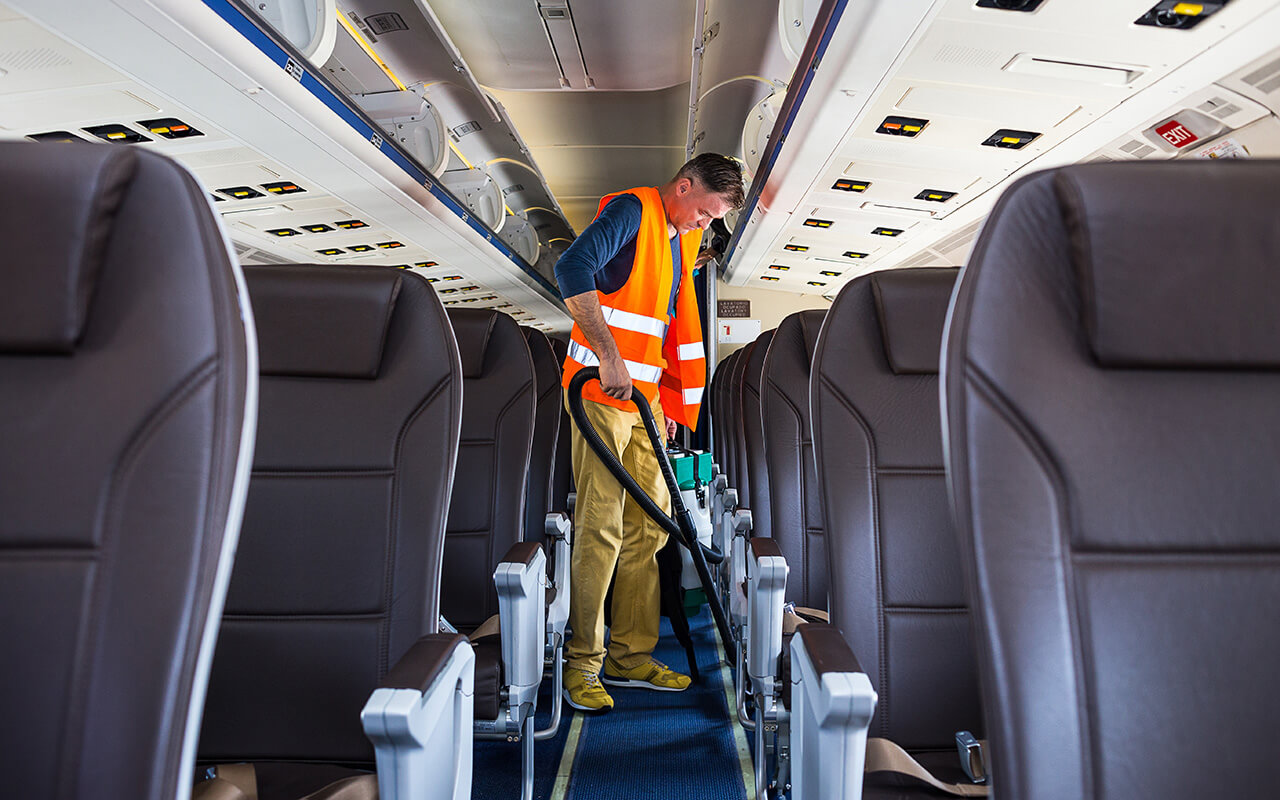
To ease concerns about illness transmission on planes, consider the air circulation system. Fresh air is constantly introduced, with cabin air refreshed every few minutes. Any recycled air passes through high-efficiency filters removing nearly all impurities. Additionally, air typically flows from ceiling to floor, not front to back, reducing contaminant spread throughout the cabin.
Understand Turbulence
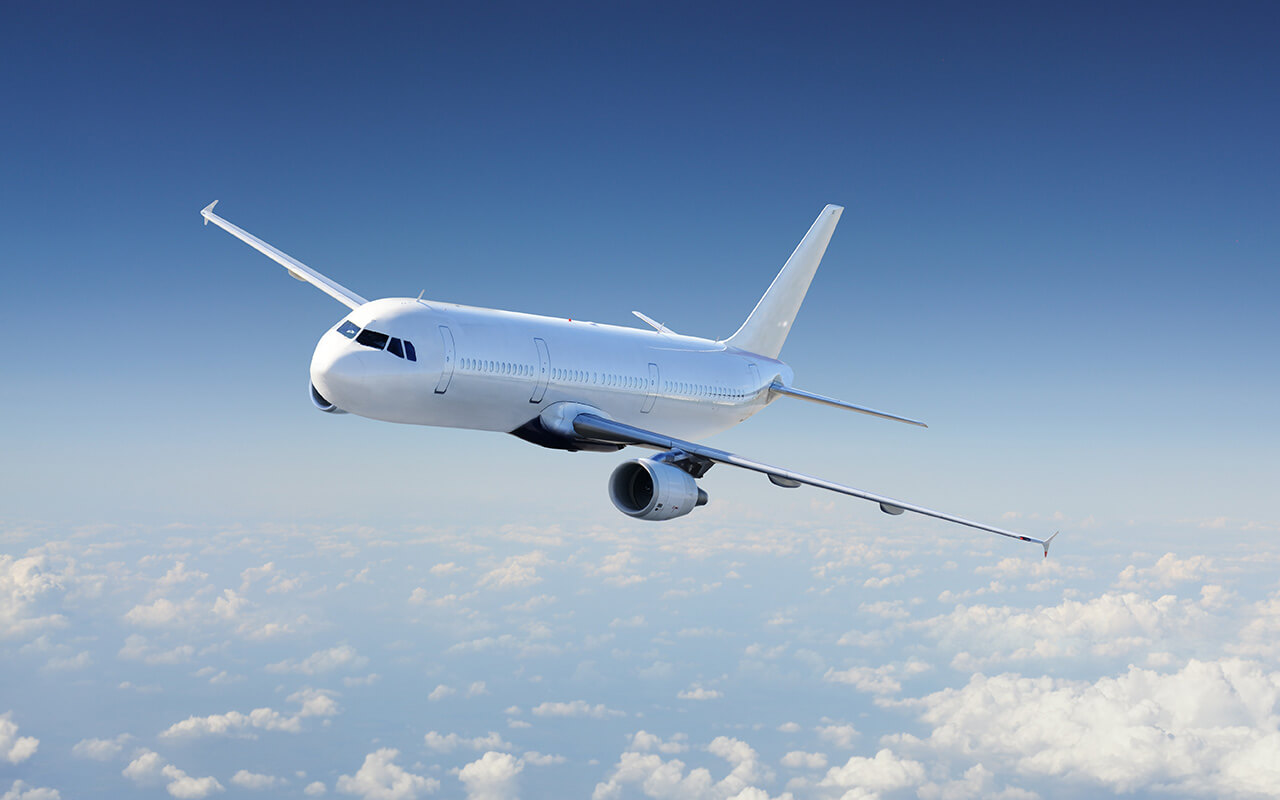
Turbulence can strike fear in the heart of a traveler. However, turbulence is just like being on a bumpy road. Airplanes are built to withstand turbulence and it is a normal part of flying. You do not need to worry that turbulence is the beginning of a bigger problem.
Study Past Crashes
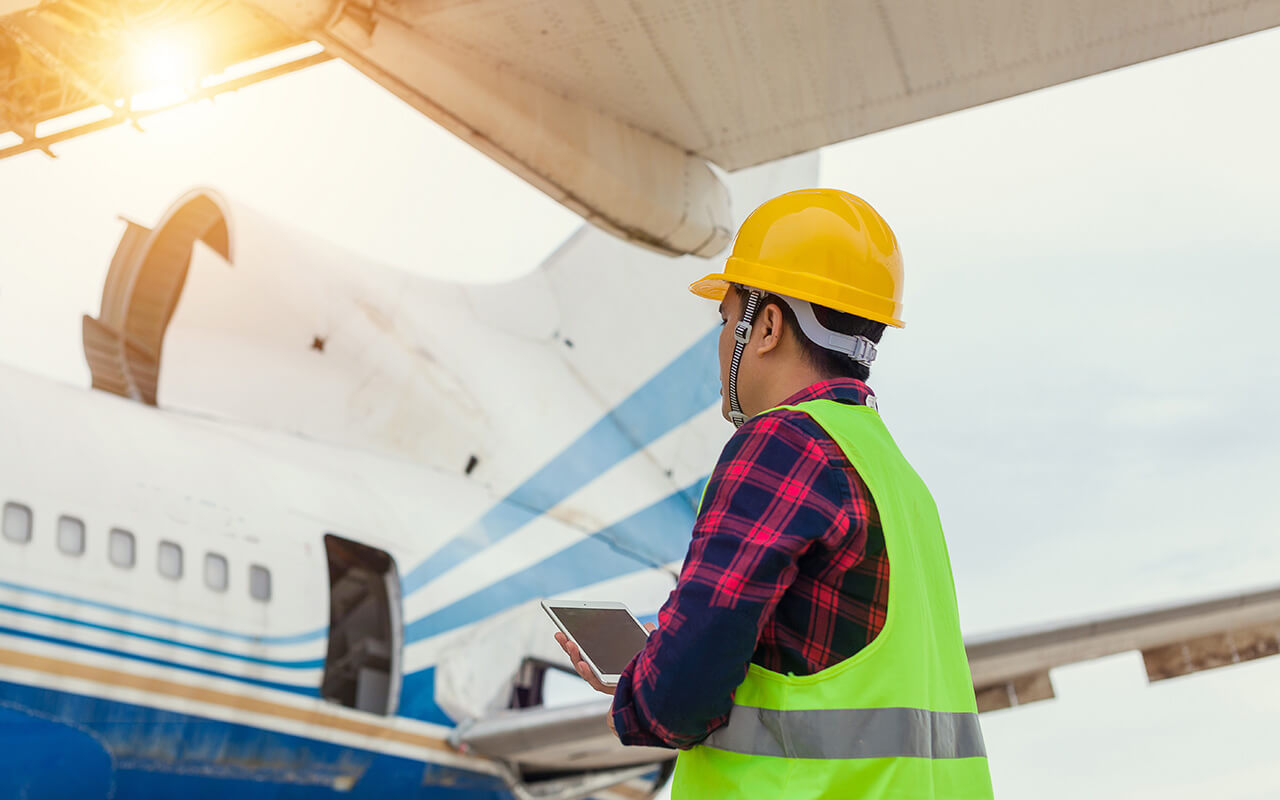
Learning about past aviation incidents and safety improvements can actually reduce flight anxiety. Consider watching shows that explain historical accidents and resulting industry changes. Also, check out videos of rigorous aircraft testing procedures. These include stress tests and extreme flight scenarios, which can demonstrate the remarkable durability of modern planes.
Join a Support Group

From social media groups to group therapy, it helps to know you aren’t the only one worried about flying in an airplane. It also can be helpful to talk about your fears. You will find support and maybe solutions you hadn’t thought of before when talking to others with similar feelings.
Talk to a Flight Attendant
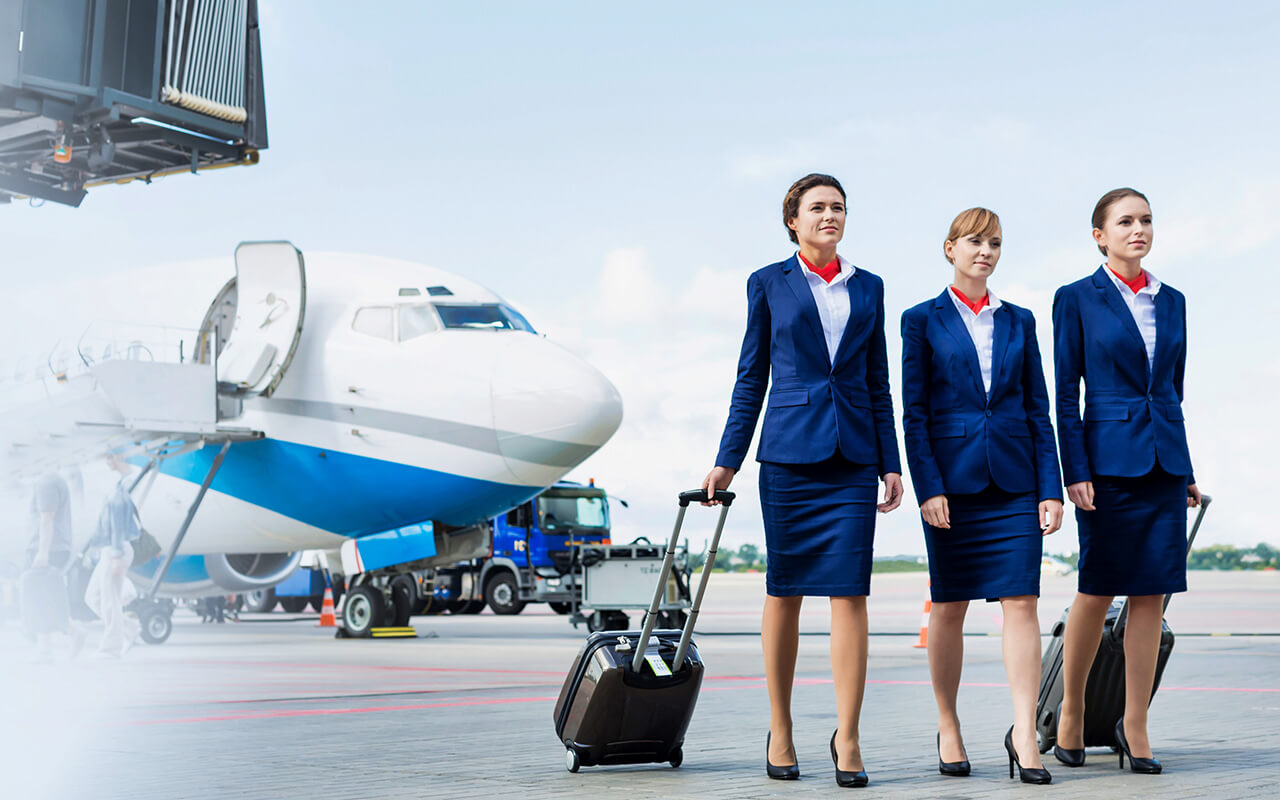
Flight attendants are trained professionals dedicated to passenger safety and well-being. They undergo regular training in emergency procedures and can handle various health incidents. Their primary role is ensuring passenger safety, so you can feel confident in their expertise and care throughout your flight.
Have a Flying Lesson
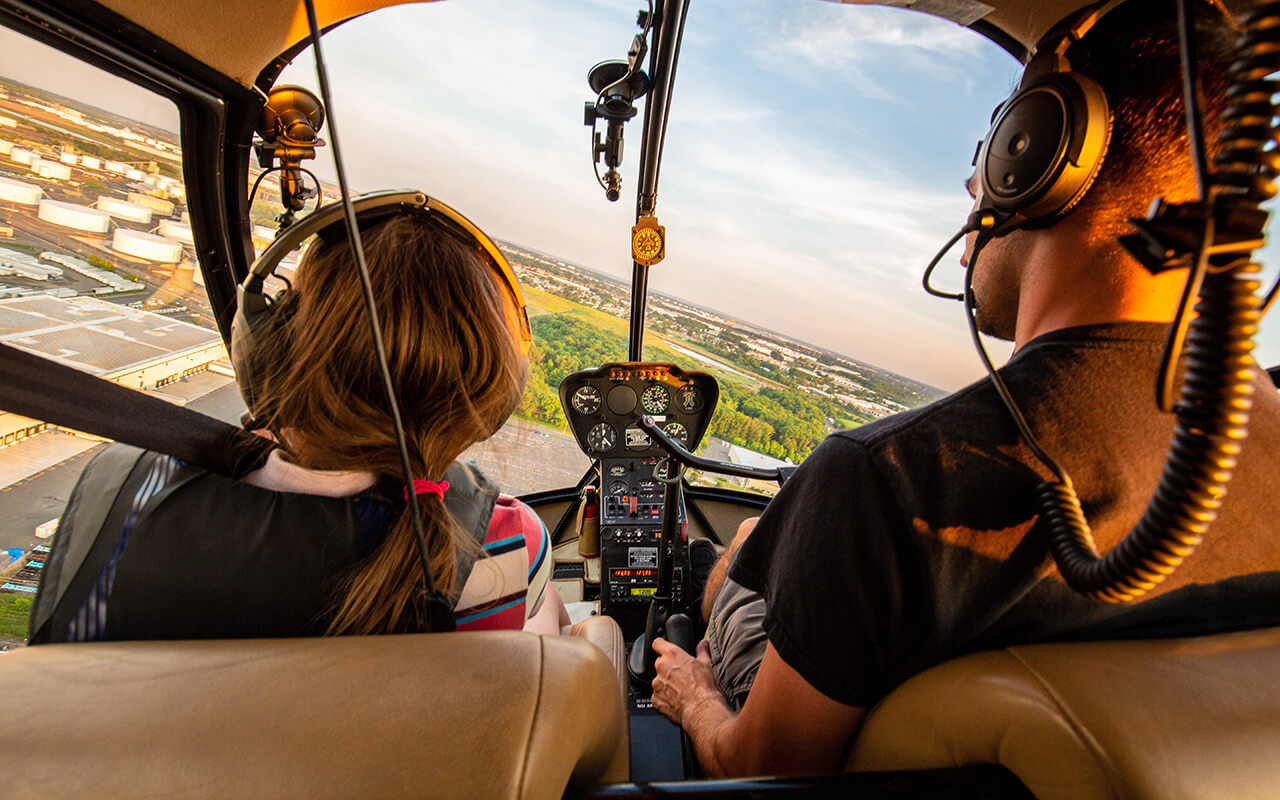
Taking a flying lesson can demystify air travel and reduce anxiety. Understanding how planes operate helps alleviate fears stemming from a lack of knowledge or feeling out of control. This firsthand experience provides valuable insights for your next flight as a passenger.
Try a Flight Simulator
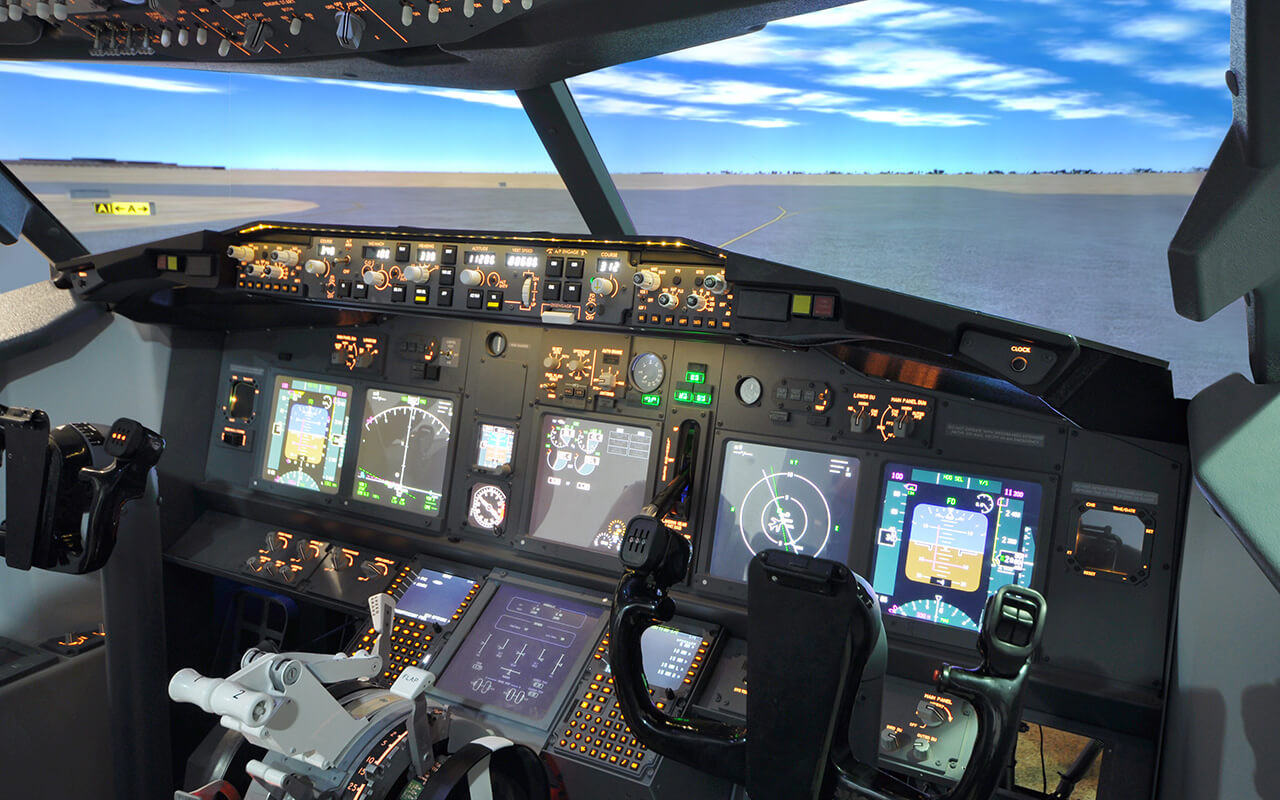
If a real flying lesson isn’t feasible, try a flight simulator. These advanced systems replicate the cockpit environment and flight experience, allowing you to learn about aircraft controls and procedures in a safe, controlled setting. This virtual experience can significantly boost your confidence and understanding of air travel.
Use Visualization
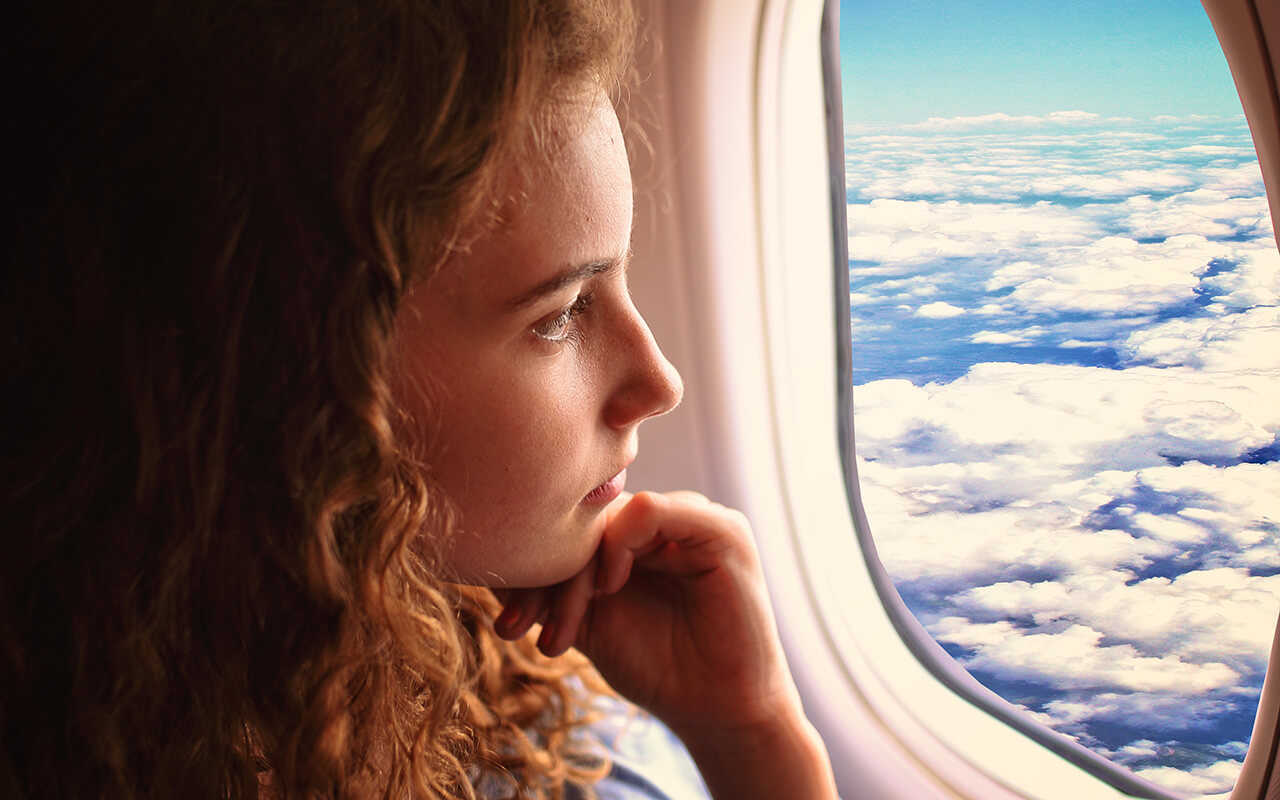
Mental rehearsal can help reduce travel anxiety. Visualize each step of the journey, from leaving home to enjoying the flight. This technique familiarizes you with the process and builds confidence. Imagining yourself successfully navigating each stage can create a sense of calm and preparedness for the actual experience.
Talk with a Frequent Flier
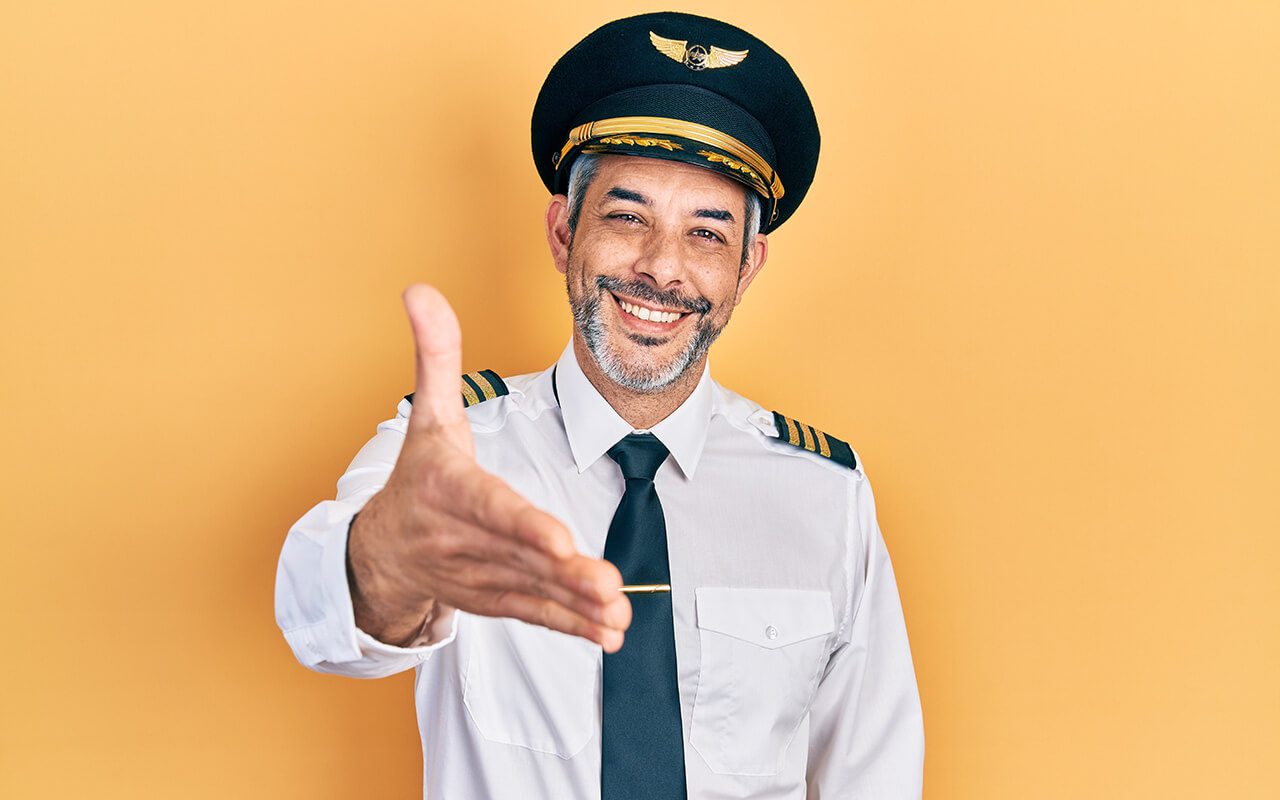
If you’re unsure about any aspect of air travel, consult a frequent flier. They can provide valuable insights into airport procedures, boarding processes, and in-flight experiences. Their familiarity with travel routines can help you be sure of the journey. They can offer practical tips and reassurance to ease your concerns.
Get Into Therapy
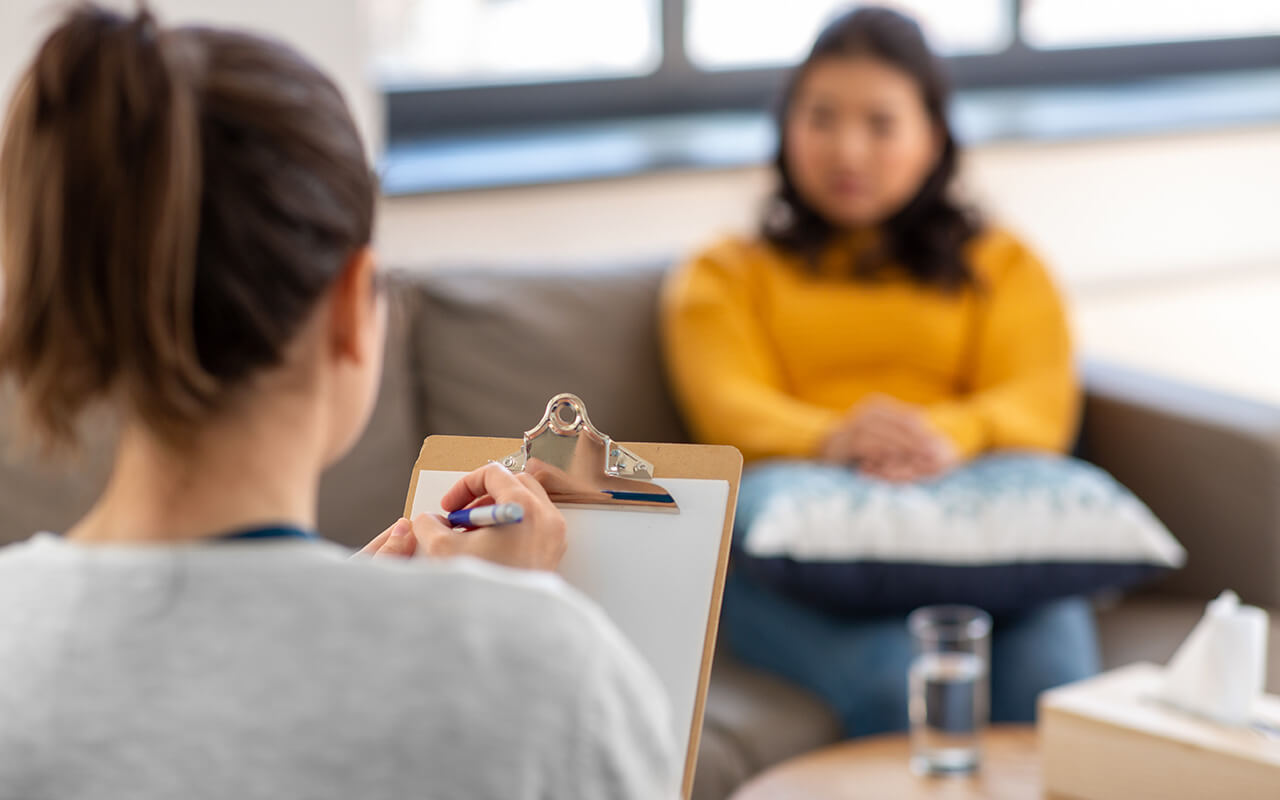
If your fear of flying is severe, consider professional help. Mental health experts can use cognitive behavioral therapy and exposure techniques to address your anxiety. For some, medication prescribed by a doctor may also be beneficial. These professional interventions can significantly improve your ability to manage flight-related stress.
Pick the Right Seat
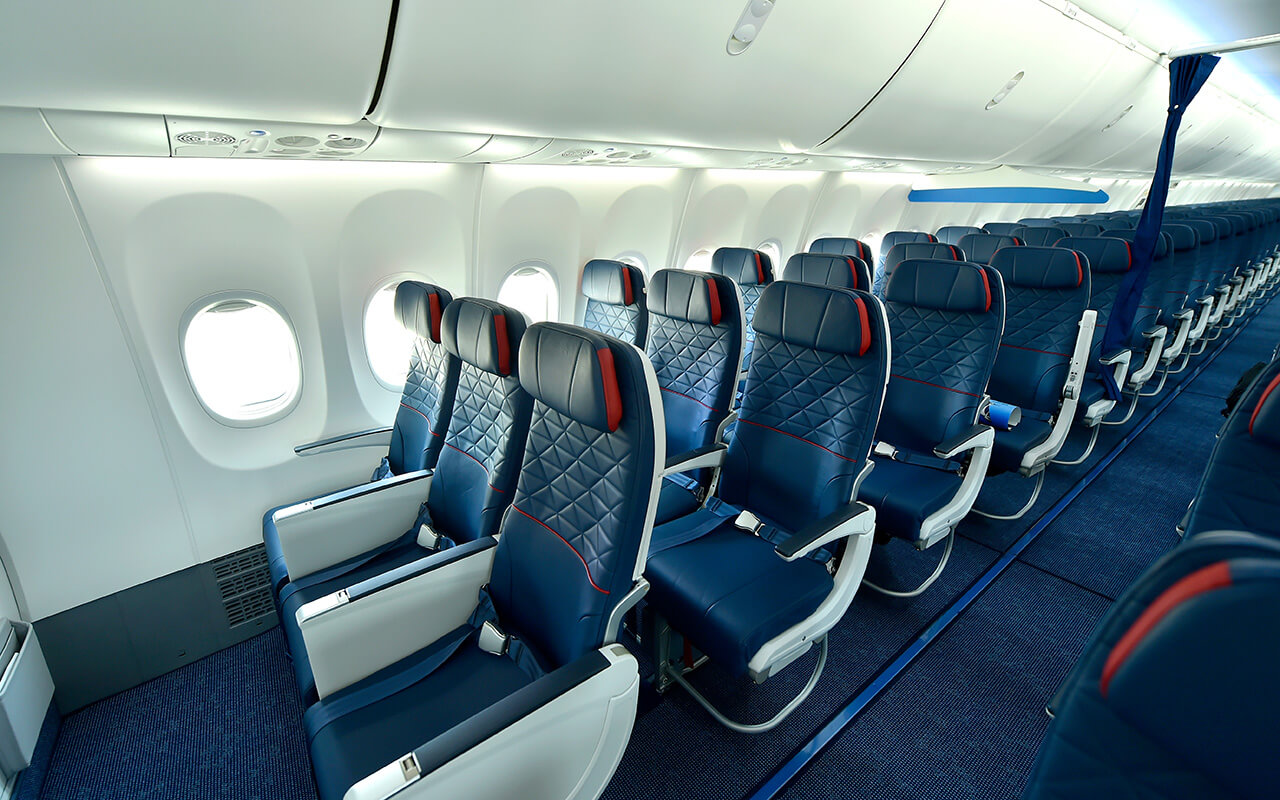
Choosing the right seat can help manage flight anxiety. If heights bother you, avoid window seats. For those who prefer visual awareness, choose a window seat. Aisle seats benefit passengers who feel claustrophobic or need to move. Consider your specific concerns when booking, and don’t hesitate to upgrade if it significantly improves your comfort level.
Use Breathing Techniques
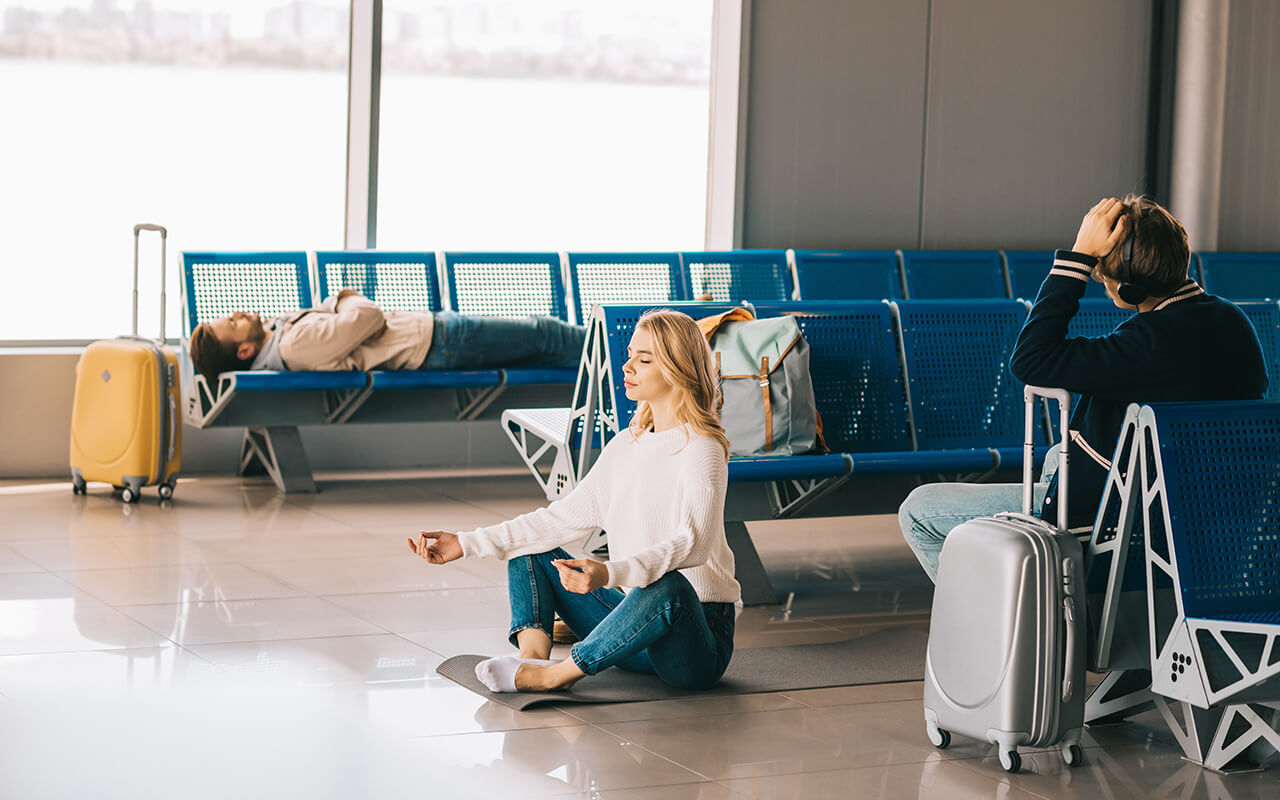
Grounding techniques can help manage flight anxiety by focusing on your senses and surroundings. Pay attention to what you hear, feel, smell, taste, and see. This practice redirects your mind from anxious thoughts to the present moment. Additionally, controlled breathing exercises, like box breathing, can effectively reduce stress and prevent panic attacks during flights.
Start a Conversation
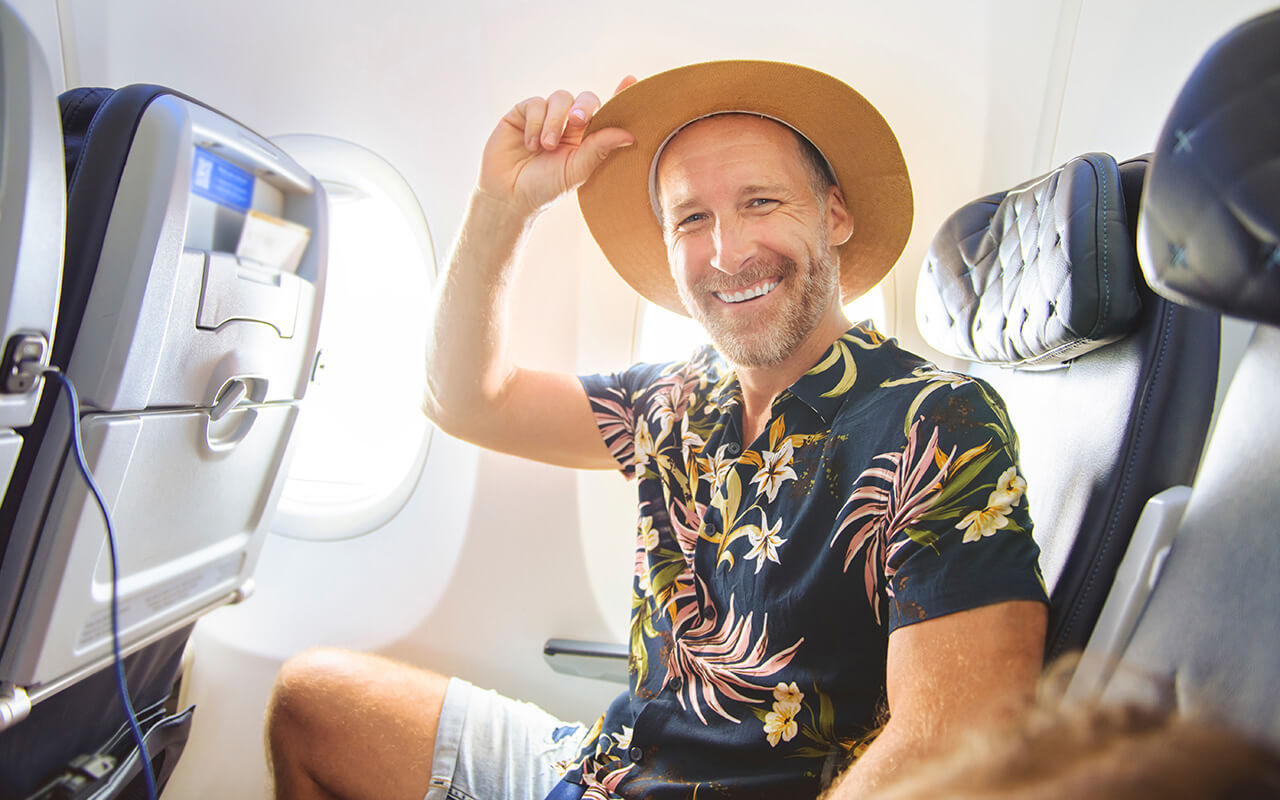
Engaging in conversation with a fellow passenger can be a helpful distraction during a flight. Look for friendly faces and initiate casual chats about travel plans or shared interests. Having a pleasant conversation can help pass the time, reduce anxiety, and provide a sense of connection and normalcy in the air.
Travel with a Friend
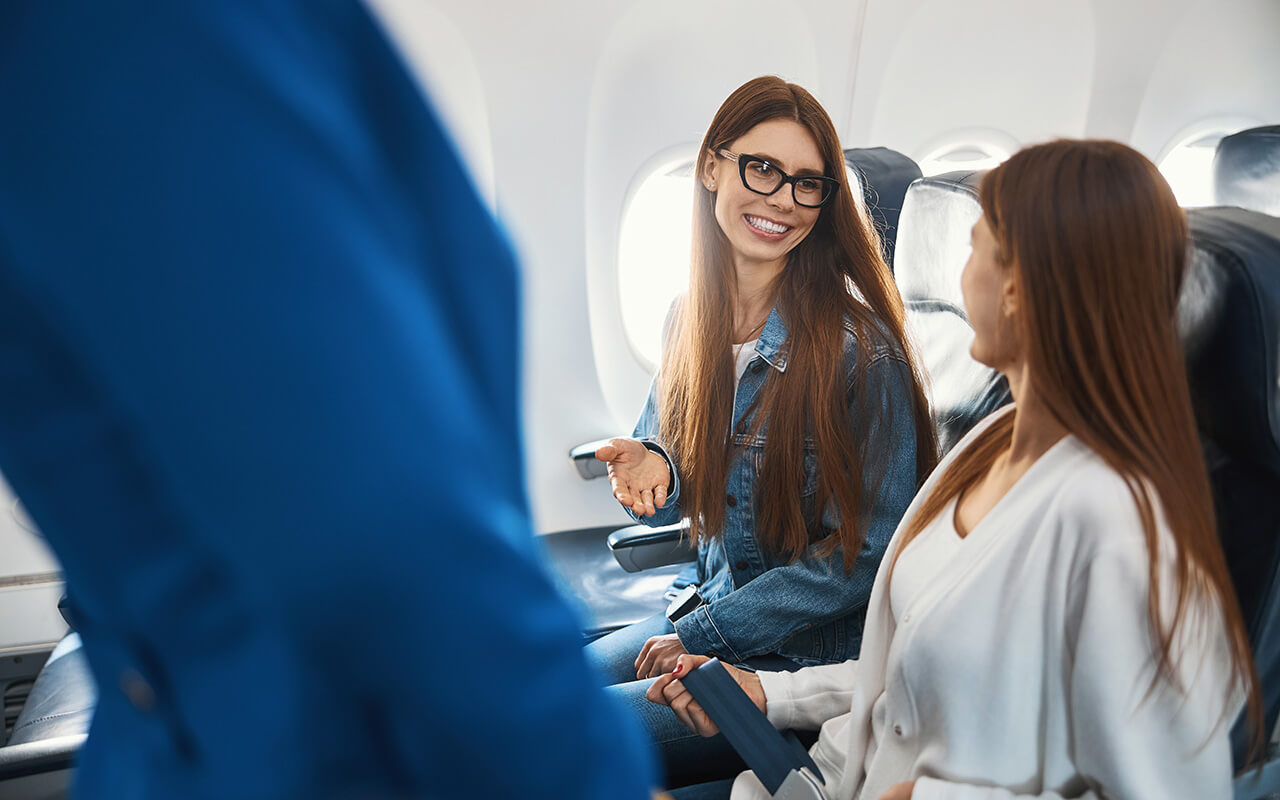
Traveling with a trusted companion can provide valuable support when facing flight anxiety. Be open about your fears and discuss coping strategies beforehand. Having someone familiar by your side who understands your concerns can offer reassurance, distraction, and practical assistance while flying.
Get Distracted
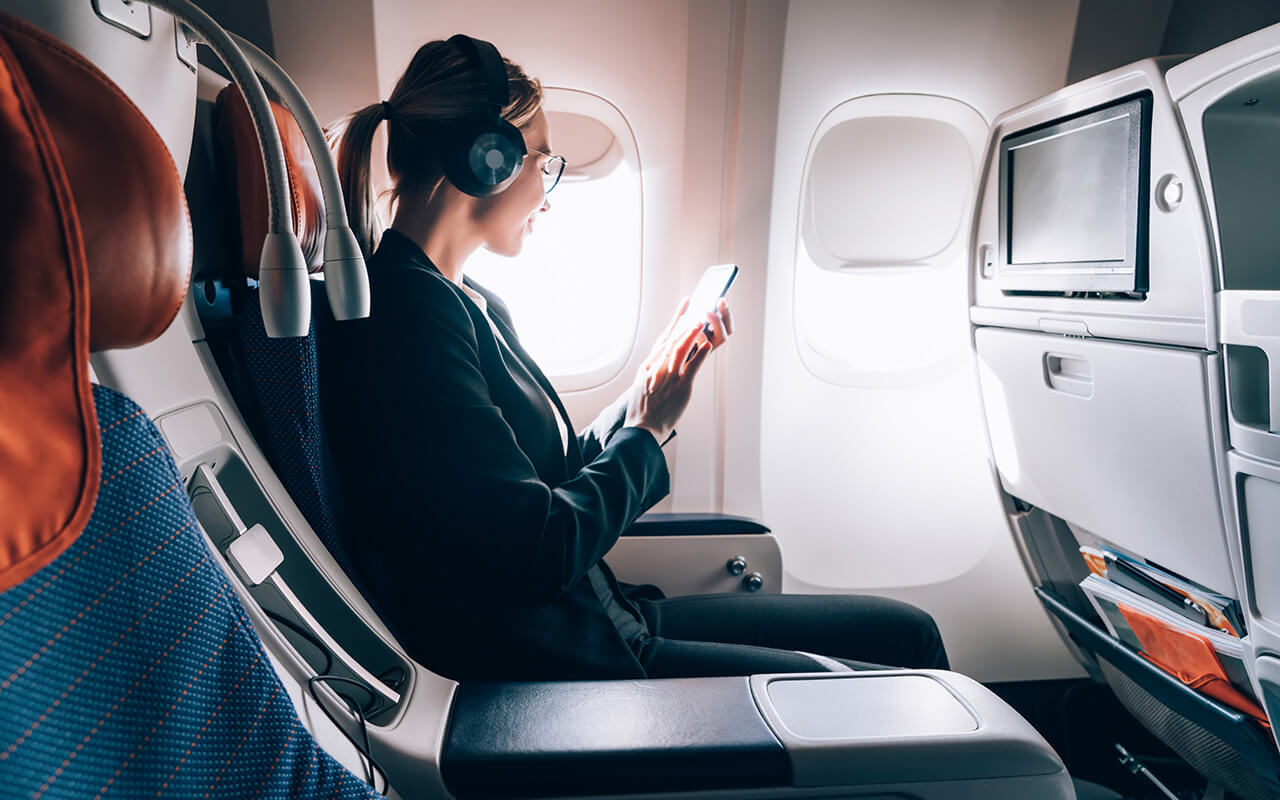
Engaging in absorbing activities can help divert attention from flight anxiety. While movies or podcasts work for some, others may need more active distractions. Try challenging tasks that require focus, like writing with your non-dominant hand. Such exercises can keep your mind occupied and centered on something tangible, reducing stress during the flight.
Just Do It
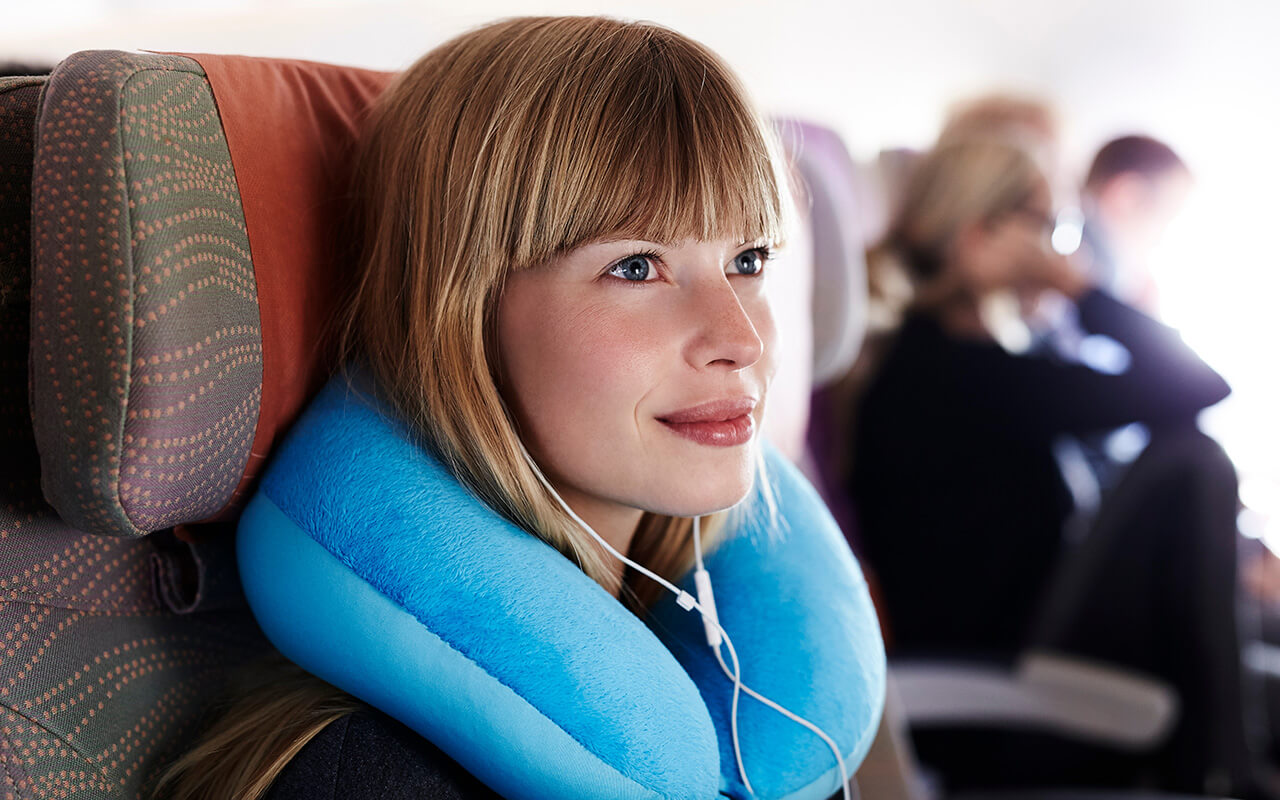
Exposure therapy is an effective method for addressing phobias, including fear of flying. Gradually confronting your fear allows you to challenge and disprove irrational thoughts. Begin with short flights and progressively increase flight duration as your comfort grows. This step-by-step approach helps build confidence and can significantly reduce anxiety over time.
For more travel tips and hacks, visit our website and explore our resources to enhance your next adventure.
